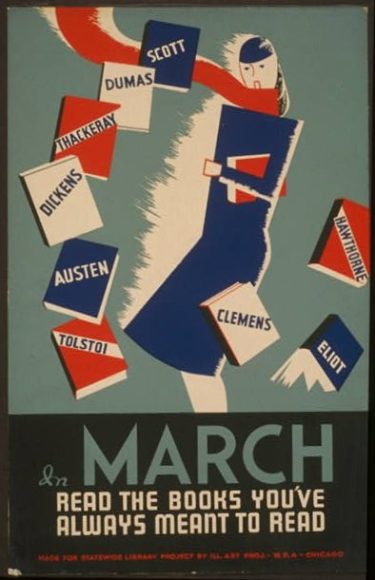From 1935 to 1943 the arts were funded by the U.S. government
When artists are supported, there’s more art for everyone to enjoy.
Artsy Editorial via Artsy.net,
What We Can Learn from the Brief Period When the Government Employed Artists
By Tess Thackara
“Jackson Pollock, Lee Krasner, Willem de Kooning, and Mark Rothko are best-known as pioneers of Abstract Expressionism. But all four were also among thousands of artists and other creatives employed by the government through the Works Progress Administration (WPA) between the years of 1935 and 1943. That the arts would be funded significantly by the federal government—never mind that it would actively employ artists—may well raise an eyebrow today. But working under a subdivision of the WPA known as the Federal Art Project, these artists got to work to help the country recover from the Great Depression, as part of President Franklin D. Roosevelt’s New Deal.
Evidence of impoverishment and a portfolio showcasing one’s skills and commitment to the arts were all that was needed to qualify for the WPA initiative. This and the Federal Art Project’s non-discrimination clause meant that it attracted, and hired, not just white men but also artists of color and women who received little attention in the mainstream art world of the day. These artists created posters, murals, paintings, and sculptures to adorn public buildings.
Hospitals, post offices, schools, and airports were decorated with some of the roughly 200,000 artworks created through the program. Yet no accompanying agency was established to preserve the works. So following the dissolution of the WPA in the lead-up to World War II, many were destroyed, sold as scrap, or hastily auctioned off with little record—save a small portion that were discovered at a Long Island salvage dealer, bought by a Lower West Side curio shop owner, and repurchased by their artists for three to five dollars a pop, as Christopher DeNoon notes in the book Posters of the WPA…”
For the rest and an incredible gallery of images, click here.
Share

